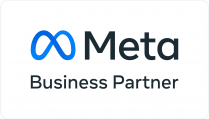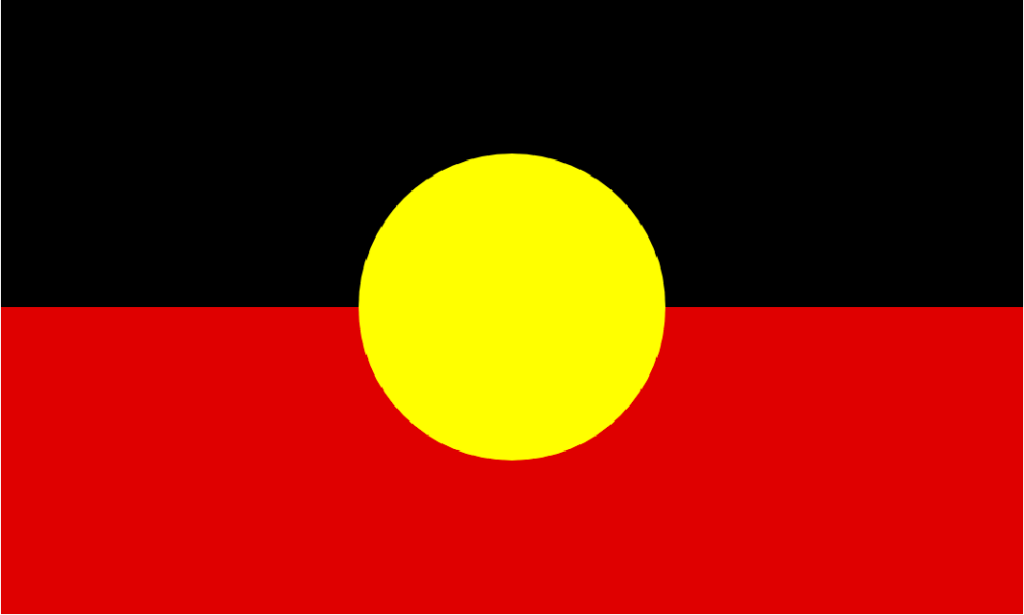Profit, to help grow your business and invest in your team. That’s the simple reason you run Google Ads – you don’t want more traffic to your site, or even more revenue. You need profit to achieve your goals and help your team reach theirs…
And yet Profit is not a metric that existed anywhere inside a Google Ads account – at least not for the first 20 years. Today, gross profit is available for ecommerce advertisers that have their product feed setup correctly, but there’s still nothing ‘out of the box’ for lead generation businesses to use.
This deep dive hopes to change that – we’ll explain the steps you need to start maximising your Google Ads account for profit – not just more leads or sales (and certainly not just clicks and impressions!)
Assuming that your business does want more profit (and not just ‘awareness’) the first step is understanding your breakeven point.
If you already know this, skip this next bit…
Identify your breakeven point
To calculate your breakeven CPL (cost per lead) you simply need to work backwards from the sale. And rather than just think about the last sale, generalise a bit & think about the last 10 or last 100, so you get more realistic numbers.
So what are the steps in your business before the sale, and how many people do you need at each stage to get 1 person to the next step?
For example, people fill in the form on your website, then you have a chat via phone to qualify them, finally a Zoom, and then they sign up.
Now work backwards… to get 1 sale, you need 3 Zoom calls. For 1 Zoom you need 2 phone calls. For 1 call, 6 completed forms.
Now just multiple those together = 3 x 2 x 6 = 36 forms completed for 1 new sale.
Now roughly, what’s that sale worth to you?
Again there are many ways to do this – one simple way is to divide last year’s profit by the total of all the sales/customers/clients/patients over the last 12 months.
So $1m profit divided by 200 patients = $5k profit per patient.
So if we need 36 forms to make $5k, each form (on average) gets you ~$139 in profit.
That’s your breakeven (BE). Pay more than $139 per lead and you’re not making any money.
If you’re an ecommerce business, selling physical products, then for now use your total variable cost of sales as your breakeven. Maybe that $100 product has a ‘cost of goods’ (COGS) of $35, then you have packing and shipping and other variable costs of $10. Then BE = $45 and your breakeven return on ad spend
Identify your target profit margins
Once you know your BE, you can decide on your target CPL for acquiring new leads. Do you want to spend all of that $139 and grow fast? Or do you need to make some profit (maybe because most people only ever buy from you once)?
Your target CPA (tCPL or tCPA) can, and often is, different to your BE – it’s up to you. But it should be a conscious decision. Far too many companies set their target based on some round number…
Eg “we used to get leads for $100, but we want/need to get them cheaper than that”
But is cheaper always better?
You know what’s coming…
NO!
Cheaper isn’t always better.
Because it depends how many leads you can get at a particular target CPL.
Let’s dig in.
Let’s say you wanted the extreme… $1 leads. So you set your tCPL at $1 and lean back to see what the machine can do.
You might get the occasional lead – but it’ll be very very few – almost none.
Your profit on each of those leads is huge ($139 – $1 = $138), but because the volume is almost zero, your total profit is almost zero.

At the other extreme, if your actual CPL is the same as your BE, then you’ll get a lot of leads, but the average profit for each is $0, so your total profit is $0.

So there must be a point in between where the profit is maximum.

Spoiler alert – it’s almost impossible in the real, messy world to ‘hit’ that max profit amount exactly.
So let’s make life a bit easier and reduce our expectations a little. After all 90% of maximum is still bloody good!
So assuming that you needed to maximise the profit from your leads (and not grow at breakeven), now you’re aiming for a CPL between A and B. So we can chart our ‘profit curve’ like this:

So what should you do? Should you set your target at A or B?
Let’s put some numbers around this… if BE is ~$139, then let’s say A is $60 and B is $100
When I put this slide on the screen and ask audiences this question, the vast majority will choose $60 instead of $100. Because it sounds better! Better that you pay $60 instead of $100 per lead right???
Want to know how you beat your competitors?
The answer is so simple, you’re going to slap yourself…
You offer the machine $100, when all your competitors are only offering $60.
Duh.
After all, it’s the same total profit right! I realise that’s not intuitive. To spend (invest!) $100/lead instead of $60 and end up with the same profit.
But the profit IS the same because of the ‘volume’ of leads that we covered earlier.
Total profit is a combination of the cost per lead and the number of leads you can get at that price. If you offer $100 when competitors are offering $60, who do you think the machine will give the traffic to?
You, all day & twice on Sundays.
But there’s a second – equally important – reason:
If you’re getting twice as many leads as your competitors, you learn and improve so much faster.
Your website testing is twice as fast, your email subject line testing is twice as fast, double your ad testing (you’re testing right?)
It all improves twice as fast and the result of that isn’t slightly better.. It’s much, much better because those results multiply over time.
So how do you work out what your ‘profit curve’ looks like?
The only way to get really accurate numbers is through experimentation. You set different targets and then run ads for a period of time to see what volume of leads you get.
However – there is a faster way!
Yes you’ll give up a bit of accuracy, but it’ll still be very useful.
We use some fancy maths (I won’t bore you with it) to calculate the expected number of leads at each target CPL – based on your current spend and results.
As we discussed in the post on The Danger of Average you must separate your ad spend into a handful of different ‘buckets’ when running the numbers. If you lump all types of ad spend together, the answer will be meaningless.
For clients with a complex marketing strategy in multiple countries this might be as many as 40 different ‘buckets’ of spend.
If you’d like help creating the estimate for your particular situation, please get in touch.
So what to actually do next?
You’ve made it this far, what should you actually go and do now?
First, figure out your numbers – what does breakeven look like for you?
Then decide what level of profit you want to aim for – it is close to max profit, or at breakeven, or somewhere in between?
And finally, calculate your own profit curve and work out what your target CPL needs to be to hit your profit target.
And if that’s all too hard or confusing, please get in touch – we’d love to help you be more profitable.








